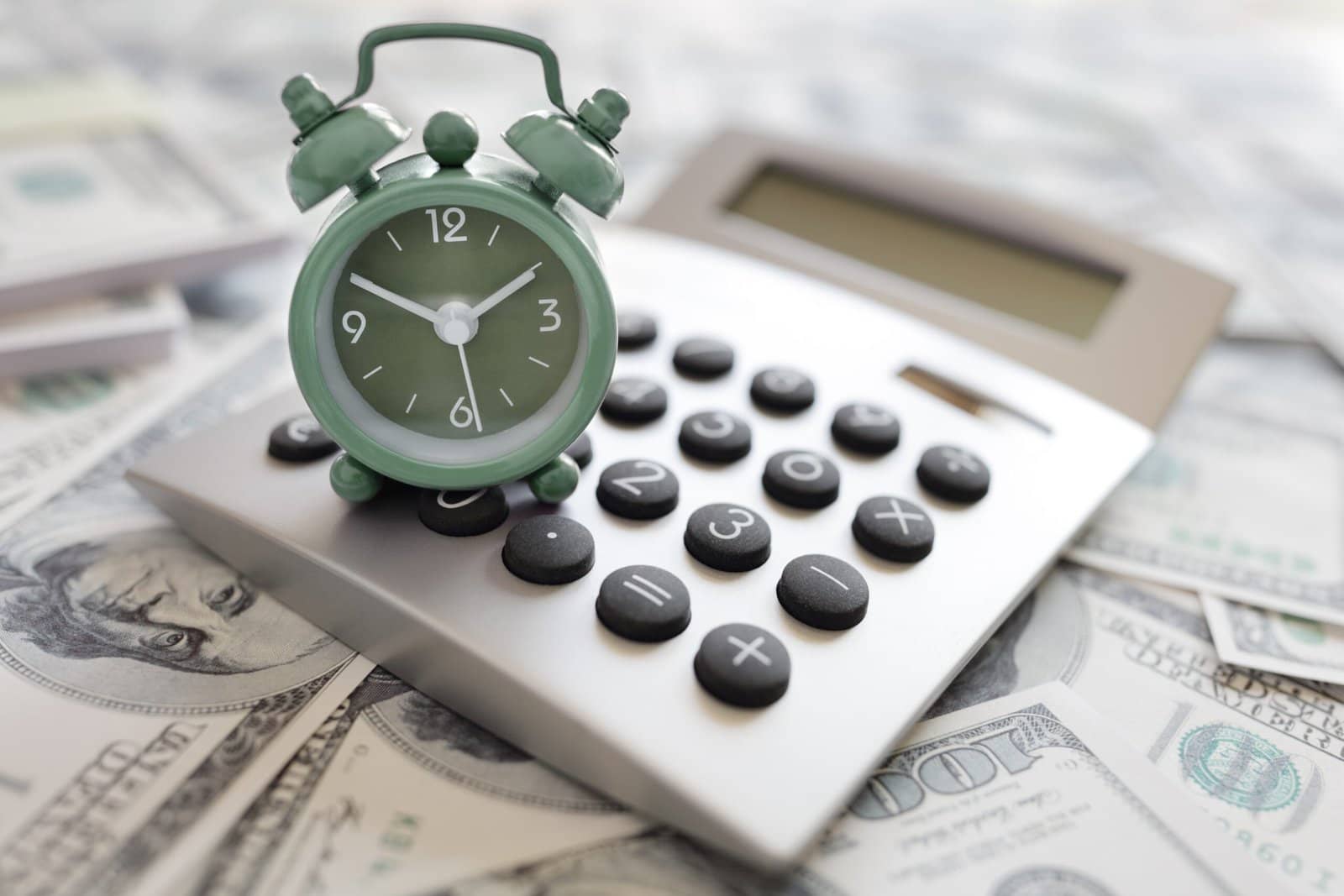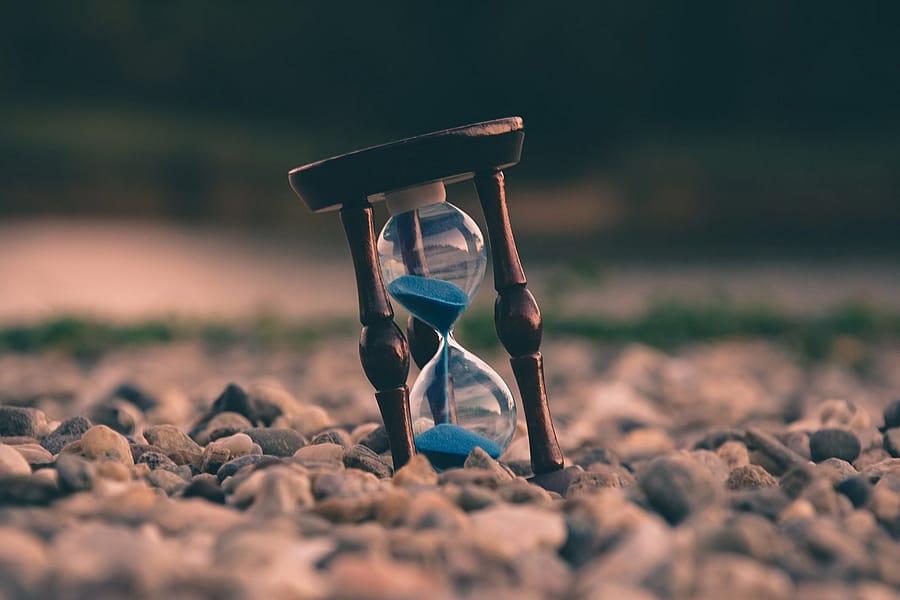So you’ve got a DIY project in mind, but you’re not quite sure where to start? Don’t worry, we’ve all been there. Whether you’re tackling a home renovation, building a piece of furniture, or even just attempting a small craft project, it’s important to have a good estimate of both the time and cost involved. In this article, we’ll guide you through some useful tips and tricks to help you accurately estimate the time and cost of your DIY project, ensuring you’re well-prepared and able to stay within budget. So grab your tools and let’s get started!
Determining the Scope of the Project
When starting a DIY project, the first step is to determine the scope of the project. This involves identifying the specific tasks that need to be completed, listing the materials and tools needed, assessing the level of expertise required, and considering any safety precautions that need to be taken.
Identify the Specific Tasks
To estimate the time and cost of a DIY project, it is important to identify all the tasks that need to be completed. This can be done by breaking down the project into smaller steps. For example, if you are planning to remodel a bathroom, the specific tasks might include removing the old fixtures, installing new plumbing, tiling the walls and floor, and installing new fixtures.
List the Materials and Tools Needed
Once you have identified the specific tasks, it is important to make a list of all the materials and tools that will be needed to complete the project. This can include items such as building materials, paint, screws, and other hardware. Additionally, you will need to gather all the necessary tools, such as hammers, saws, drills, and screwdrivers.
Assess the Level of Expertise Required
Estimating the time and cost of a DIY project also requires assessing the level of expertise required to complete the project. Some projects may be more complex and require specialized skills. For example, if you are planning to install electrical wiring, it is important to have knowledge and experience in electrical work. On the other hand, simpler projects like painting a room may not require as much expertise.
Consider Safety Precautions
Safety should always be a top priority when working on a DIY project. Before starting the project, it is important to assess any safety precautions that need to be taken. This can include wearing protective gear such as safety glasses and gloves, using proper ventilation when working with chemicals, and securing ladders or scaffolding to prevent falls. It is important to research and understand the necessary safety precautions before starting any DIY project.
Researching and Gathering Information
Once the scope of the project has been determined, the next step is to gather information and research to estimate the time and cost involved.
Consult Online Resources and Guides
The internet is a valuable resource for DIY projects. There are countless websites, blogs, and forums dedicated to DIY projects, where you can find information, tutorials, and advice. Online resources can provide step-by-step instructions, tips and tricks, and even video demonstrations. By consulting online resources, you can gain a better understanding of the project and estimate the time and cost more accurately.
Read Books or Magazines
In addition to online resources, books and magazines can also provide valuable information for estimating the time and cost of a DIY project. DIY books often provide detailed instructions, illustrations, and tips for various projects. Magazines dedicated to DIY and home improvement can also offer inspiration, ideas, and useful advice. By reading relevant books and magazines, you can gather more information and insights to assist in your estimation process.
Seek Advice from Experts or Professionals
If you are unsure about certain aspects of the project, it can be helpful to seek advice from experts or professionals. This can include consulting with contractors, visiting a local home improvement store where experts are available, or even reaching out to experienced DIY enthusiasts in online forums or communities. Asking for advice and expertise can help you estimate the time and cost more accurately, as professionals can provide insights based on their experience and knowledge.
Visit DIY Forums and Communities
DIY forums and communities are great places to connect with like-minded individuals and learn from their experiences. These forums often have sections dedicated to specific types of DIY projects, where you can ask questions, share ideas, and gather information. By engaging with DIY communities, you can get real-world advice, recommendations, and even warnings about potential challenges or pitfalls to be aware of. This input can help you refine your estimates and plan your project more effectively.

Calculating Time Estimates
Once you have gathered the necessary information, it’s time to start estimating the time required for each task in your DIY project.
Break Down Each Task into Smaller Steps
To estimate the time required for each task, it is helpful to break them down into smaller steps. By breaking down the tasks, you can get a clearer picture of what needs to be done and how long each step will take. For example, if your task is to paint a room, you can break it down into steps such as preparing the walls, priming, painting the base coat, and applying additional coats.
Estimate Time Required for Each Step
Once you have broken down each task into smaller steps, you can estimate the time required for each step. This estimation can be based on your own experience, advice from experts, or information gathered from online resources. Keep in mind that estimation is not an exact science, and there may be variations depending on your skill level and the specific conditions of your project.
Consider Potential Delays or Interruptions
When estimating the time required for each step, it is important to consider potential delays or interruptions. These can include unexpected challenges, errors, or waiting time for materials to dry or cure. By factoring in potential delays, you can create a more realistic time estimate and avoid feeling rushed or overwhelmed during the project.
Allocate Extra Time for Learning and Mistakes
In addition to the time required for each step, it is also important to allocate extra time for learning and mistakes. DIY projects often involve a learning curve, especially if you are tackling something new or unfamiliar. By allowing yourself extra time to learn and correct any mistakes, you can prevent unnecessary stress and setbacks.
Assessing the Cost of Materials
Estimating the cost of materials is an essential step in planning a DIY project. By accurately assessing the cost of materials, you can create a realistic budget and avoid any surprises along the way.
Research Prices of Required Materials
To estimate the cost of materials, it is important to research the prices of the required materials. This can be done by visiting local home improvement stores, checking online retailers, or contacting suppliers directly. Take note of the prices for each material needed and keep a record for reference.
Compare Prices from Different Suppliers
To ensure that you are getting the best deal for your materials, it is important to compare prices from different suppliers. While convenience is a factor, it is worth taking the time to compare prices and quality from multiple sources. This can help you save money and find the best value for your project.
Consider Quality and Durability
While price is an important consideration, it is equally important to consider the quality and durability of the materials. Cheaper materials may save you money in the short term, but they may not last as long or offer the same level of performance as higher quality options. Balancing cost and quality is key to ensuring a successful and long-lasting DIY project.
Factor in Additional Costs like Taxes and Delivery
When estimating the cost of materials, it is important to factor in additional costs such as taxes and delivery charges. Depending on your location and the specific materials needed, taxes can significantly impact the overall cost. Additionally, if you are purchasing materials online, consider any delivery charges that may apply. These additional costs can add up, so it is crucial to consider them when estimating the overall cost of your project.

Determining the Cost of Tools
In addition to the cost of materials, estimating the cost of tools is another important aspect of calculating the total cost of your DIY project.
Identify Tools Needed for the Project
To determine the cost of tools, start by identifying the tools that are needed for the project. Different projects require different tools, so it is essential to have a clear understanding of the tools you will need before estimating their costs. Make a list of the tools required and research their prices.
Research Prices of the Tools
Once you have identified the necessary tools, research their prices. Visit local stores, check online retailers, and compare prices to find the best deals. Keep in mind that certain tools may have a wide price range depending on the brand, quality, and features. Take note of the prices and include them in your overall cost estimation.
Consider Renting or Borrowing Tools
If you do not already own all the tools needed for the project, consider renting or borrowing them instead of purchasing. Some specialized tools may only be needed for one project, making it more cost-effective to rent them for the duration. Check with local rental companies or ask friends and family if they have the tools you need. This can help reduce the overall cost of your DIY project.
Evaluate Long-term Use and Investment
When estimating the cost of tools, consider the long-term use and investment. Certain tools, such as power tools, can be used for multiple projects over an extended period. In these cases, purchasing high-quality tools may be a better investment, as they will provide durability and reliability. However, if the tool is only needed for a specific project, renting or borrowing may be the more economical choice.
Calculating Labor Costs
Estimating labor costs is an important part of determining the total cost of a DIY project. Consider whether you will complete the project yourself or if you will need to hire professionals for specific tasks.
Determine the Number of Work Hours Needed
To estimate labor costs, you must determine the number of work hours needed to complete the project. This can be done by referring to the smaller steps you have identified earlier and estimating the time required for each step. Add up all the estimated work hours to get an overall picture of the labor involved.
Research Average Hourly Rates for Similar Projects
Once you have determined the number of work hours needed, research the average hourly rates for similar projects. This can be done by checking with local contractors or professionals who specialize in the specific type of project you are undertaking. Understanding the average hourly rates can help you estimate the cost of hiring professionals for certain tasks, if necessary.
Assess Your Own Skill Level and Time Commitment
If you plan to complete the project yourself, it is important to assess your own skill level and time commitment. Be realistic about your capabilities and the amount of time you can dedicate to the project. Keep in mind that your estimation may be more accurate if you have completed similar projects in the past.
Consider Hiring Professionals if Necessary
If certain tasks require expertise beyond your skill level or they are particularly time-consuming, consider hiring professionals. Hiring professionals can ensure the quality and efficiency of the project. When estimating labor costs, research the rates of professionals in your area and include these estimates in your overall cost calculation.
Factoring in Miscellaneous Expenses
In addition to materials, tools, and labor costs, there are various miscellaneous expenses that should be factored into your overall cost estimation.
Include Permit Costs and Fees
Depending on the type of project and your local regulations, you may need to obtain permits or pay fees. These permits are necessary to ensure that your project complies with building codes and safety standards. Research the permit costs and include them in your overall cost estimation.
Consider Costs of Waste Disposal
During a DIY project, there will inevitably be waste materials that need to be disposed of properly. Whether it is old building materials, paint cans, or other debris, there may be costs associated with waste disposal. Research local waste disposal services or recycling centers to get an idea of the potential costs and include them in your overall budget.
Factor in Unexpected Expenses
Despite thorough planning, there may be unexpected expenses that arise during the project. These can include unforeseen repairs or the need to purchase additional materials or tools. It is important to have a contingency budget to account for these unexpected expenses. A general rule of thumb is to allocate around 10% of your total project budget for contingencies.
Account for Maintenance and Repairs
Lastly, it is crucial to account for any future maintenance or repairs that may be necessary after completing the project. This can include regular upkeep, replacement of worn-out parts, or fixing any issues that arise over time. Consider the long-term costs associated with maintaining and repairing your project, and factor these into your overall cost estimation.
Creating a Budget and Timeline
Once you have gathered all the necessary information and estimated the various costs involved, it’s time to create a budget and timeline for your DIY project.
Itemize all Estimated Costs
Start by itemizing all the estimated costs you have calculated, including the costs of materials, tools, labor, and miscellaneous expenses. This will give you a clear overview of the financial aspects of your project.
Sum Up the Estimated Time Required
Sum up the estimated time required for each step to get an overall timeline for the project. Take into account any potential delays or interruptions that you considered earlier. This timeline will help you plan and manage your time effectively.
Combine Material, Labor, and Miscellaneous Costs
Combine the costs of materials, labor, and miscellaneous expenses to determine the total budget for your project. This will give you a realistic idea of the financial investment required to complete the project.
Outline a Step-by-Step Schedule for Completion
Using the timeline you created earlier, outline a step-by-step schedule for the completion of your DIY project. This schedule will help you stay organized and track your progress as you work through the project. Be sure to include any specific dates or milestones that you want to achieve.
Tracking and Adjusting the Estimates
Once you have started the project, it is important to track your progress and compare it to your initial estimates. This will allow you to make necessary adjustments and learn from any mistakes or deviations.
Record Actual Time Spent on Each Task
As you work on the project, record the actual time spent on each task. This will help you compare it to your initial estimates and identify any variations. Keep a log of your progress and adjust your timeline if necessary.
Track Expenses and Compare to Initial Estimates
Similarly, track your expenses and compare them to your initial estimates. This will allow you to identify any areas where you may be overspending or potentially save money. By staying on top of your expenses, you can keep your project within budget.
Identify Variations and Adjust Future Estimates
By comparing your actual time spent and expenses to your initial estimates, you can identify variations and adjust your future estimates accordingly. This will help you refine your estimation skills and make more accurate predictions for future DIY projects.
Learn from Mistakes and Make Necessary Changes
If there are any mistakes or deviations from your initial plan, take the opportunity to learn from them. Reflect on the reasons behind the differences and make any necessary changes or adjustments. This continuous learning process will improve your estimation skills over time.
Conclusion
Estimating the time and cost of a DIY project is an essential part of successful project planning. By determining the scope of the project, researching and gathering information, calculating time estimates, assessing the cost of materials and tools, factoring in labor costs and miscellaneous expenses, creating a budget and timeline, and tracking and adjusting the estimates, you can ensure a more accurate estimation that will help you complete your DIY projects more effectively. Remember, estimation is not an exact science, and unexpected challenges may arise. However, with careful planning and constant evaluation, you can increase your chances of a successful DIY project within your desired timeframe and budget.













